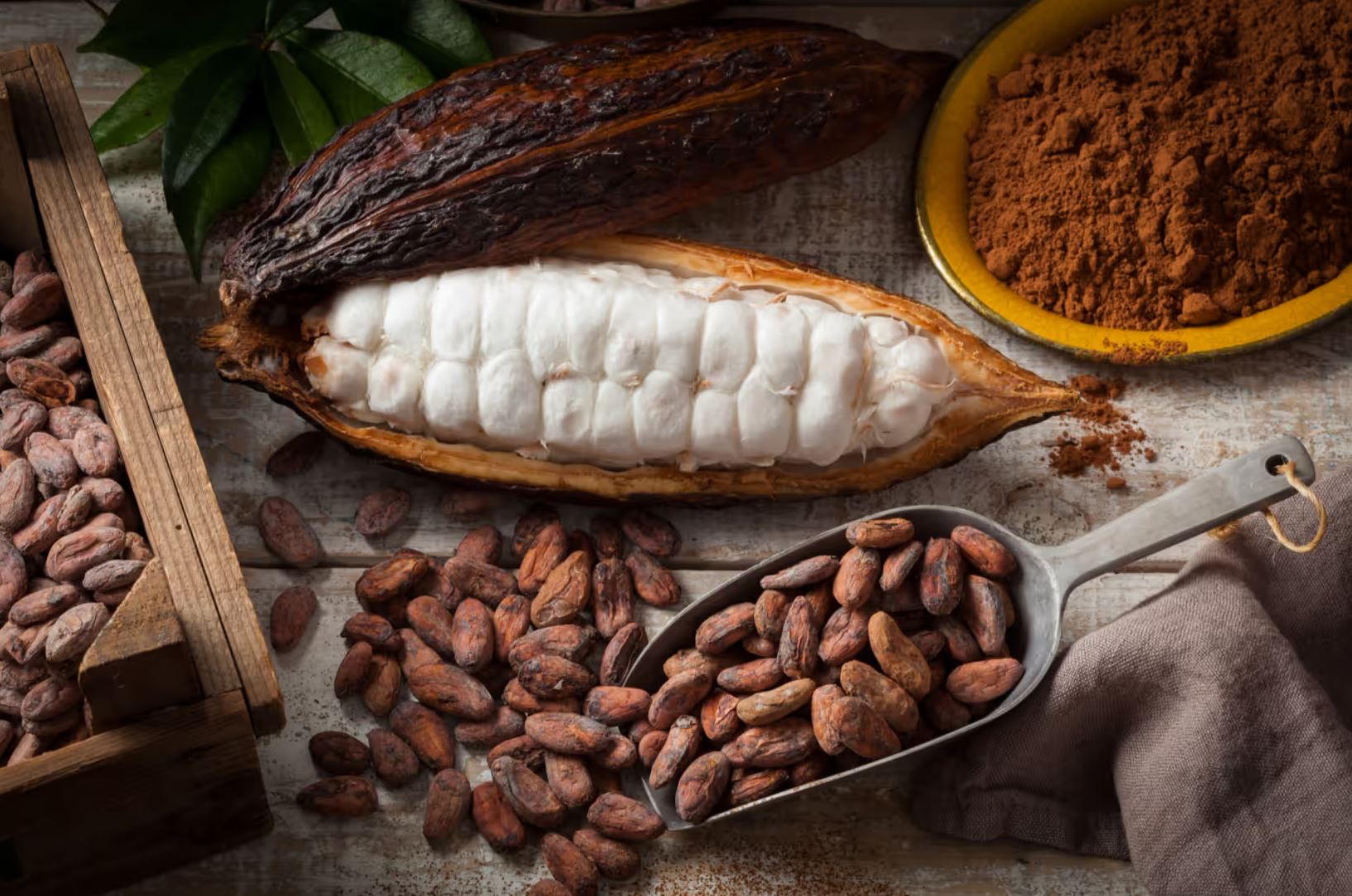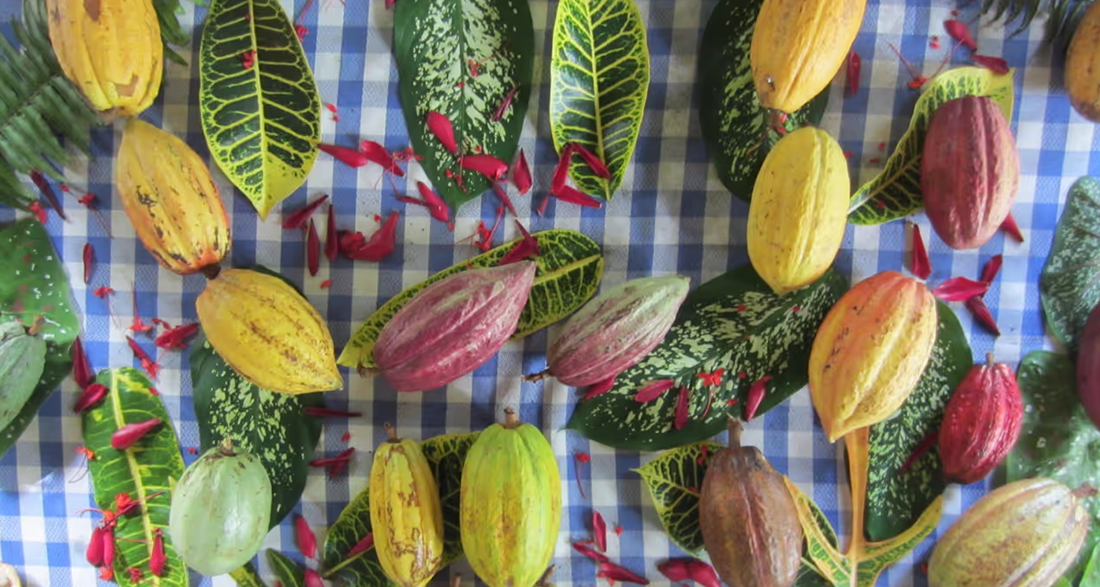Worldwide, there are various cocoa varieties, each influencing the taste of the chocolate produced from them.
Key Points
- Generally, cocoa is divided into three main types.
- Today, the main cultivation areas are located in Africa.
Although cocoa beans originally come from South and Central America, nearly three-quarters of today’s global production comes from Africa.
By far, the largest exporter, according to the Swiss Sustainable Cocoa Platform, is Ivory Coast. It holds 44 percent of the global trade, followed by Ghana with 14 percent.
In third place is Ecuador, the actual birthplace of cocoa, contributing nine percent. Ecuador continues to cultivate its exclusive cocoa variety, Arriba Nacional.
The Bestseller Forastero
Today, around 80 to 90 percent of global cocoa cultivation is of the Forastero variety. It is believed to originate from the Brazilian Amazon region and was exported to Africa from there.

Forastero has since been subdivided into numerous smaller clusters to better preserve its diversity. Forastero varieties have been bred over many years for robustness, making them less susceptible to pests and diseases.
Typical for them is the Amelonado form, resembling a type of elongated melon. Due to its high share in global cocoa harvests, commercial chocolate is almost always made from Forastero beans.
The Fine Cocoa Criollo
The Criollo variety is the only one to still be distinctly categorized. It originates from South America and is famous for its low bitterness and acidity.
This gives it a unique flavor. However, Criollo cocoa beans are much more delicate, so they are cultivated and exported only in small quantities as fine cocoa.

When cocoa and chocolate were discovered in Europe in past times, beans were imported almost exclusively from Venezuela.
These were referred to as native (Criollo). Later, when beans from other South American countries were introduced, they were labeled as foreign (Forastero).
Trinitario: The Crossbred for Chocolate
The name Trinitario derives from the origin of this variety: the Caribbean island of Trinidad. Initially, only Criollo was cultivated here, similar to neighboring Venezuela, until plantations were nearly decimated by diseases.
Subsequently, they had to be replanted with mainland Forasteros. This created a new hybrid named after the island.

Trinitario beans actually combine the best of both worlds: the robustness of Forasteros and the delicious flavor of Criollo.
However, they also have a small share in the world market. Today, the term is used not only for beans from Trinidad but also for all hybrids of Criollo and Forasteros.
Nacional: The Exception
Arriba Nacional from Ecuador is sometimes listed as a distinct variety and sometimes classified among the Forastero types. Similar to Criollo, it stands out with delightful flavors and is genetically related to it.

Ecuador takes great pride in its National bean. Throughout the country, there are smaller plantations and companies producing delicious chocolate from these beans.
However, many commercial manufacturers falsely advertise chocolate from Ecuador made from Forastero beans. The original must be labeled Nacional or Arriba Nacional.

